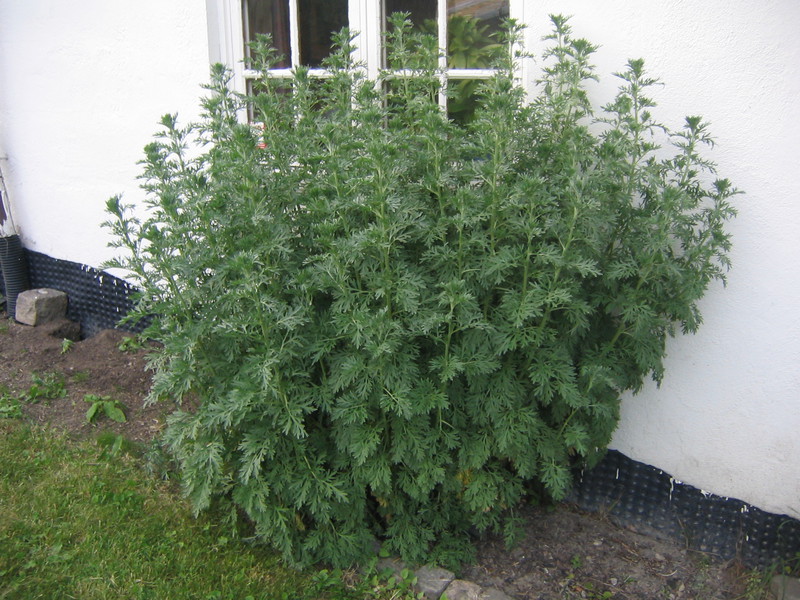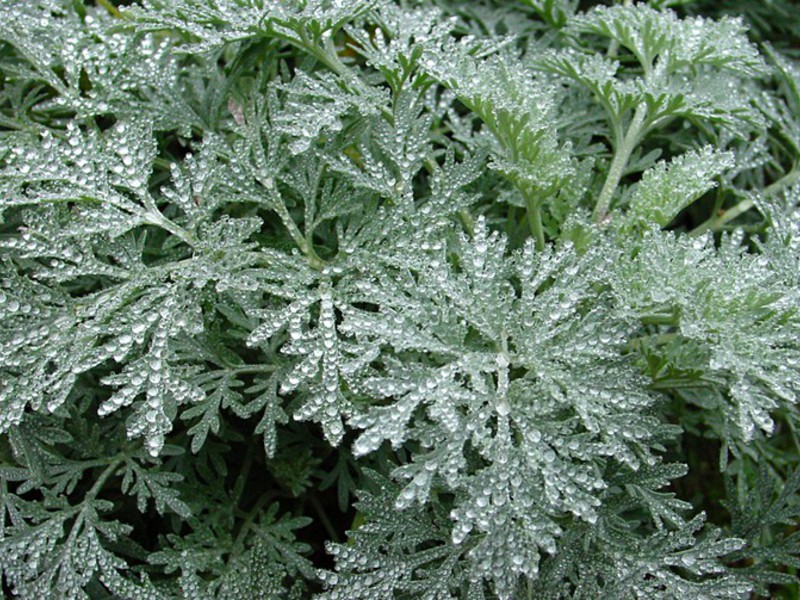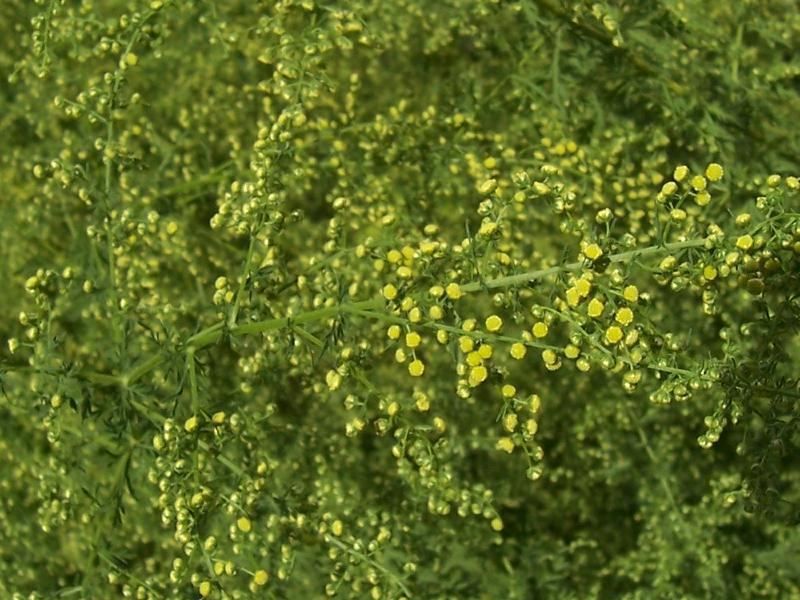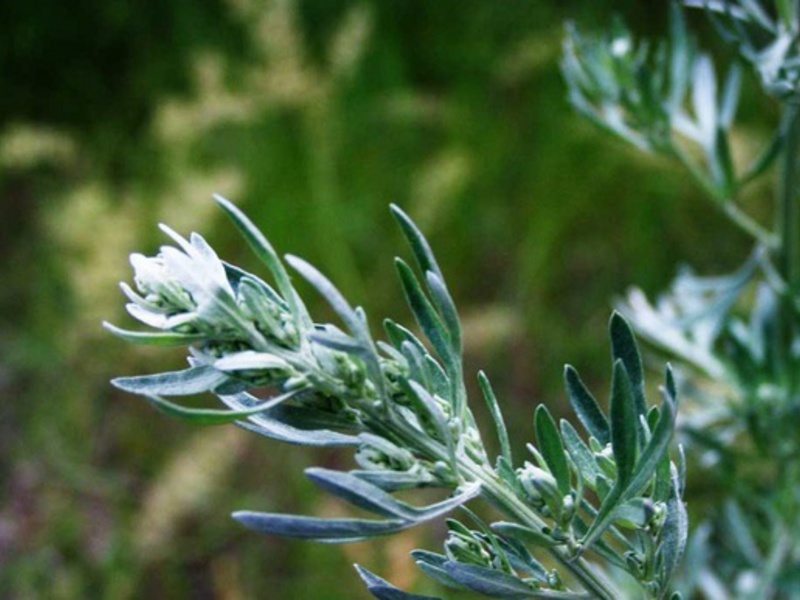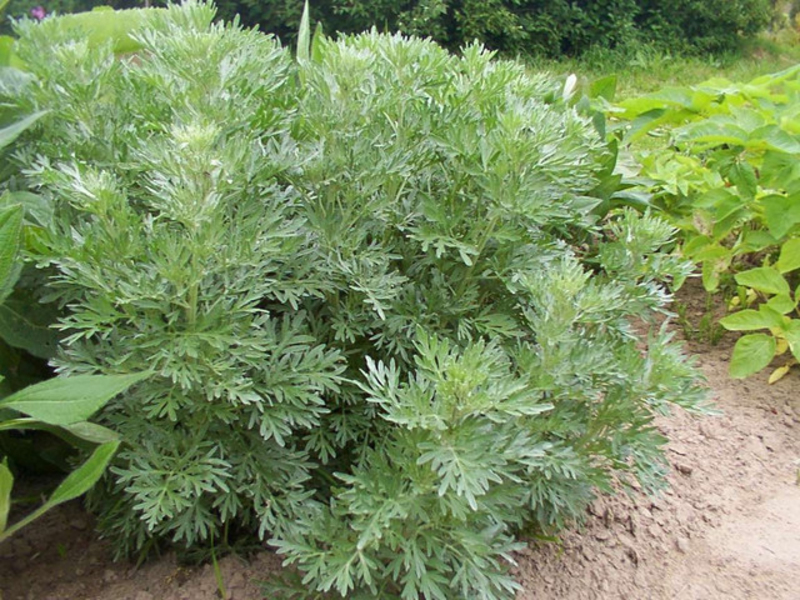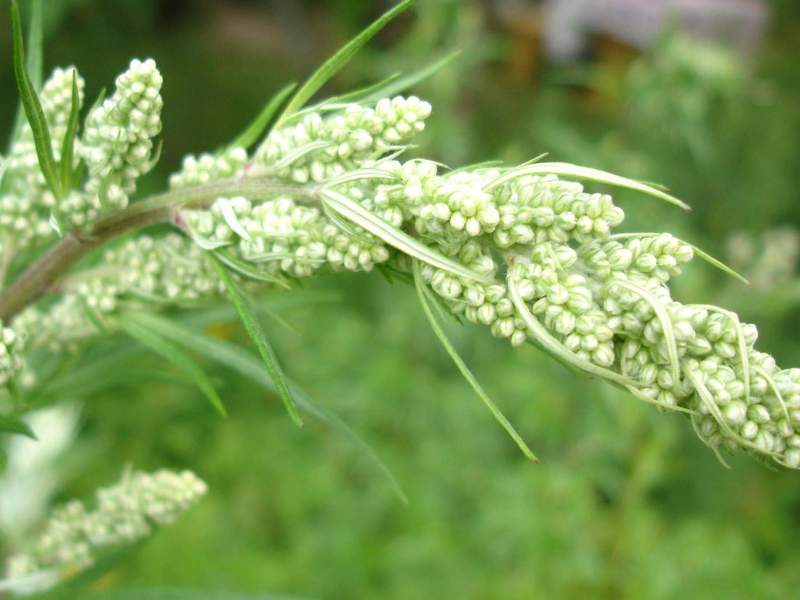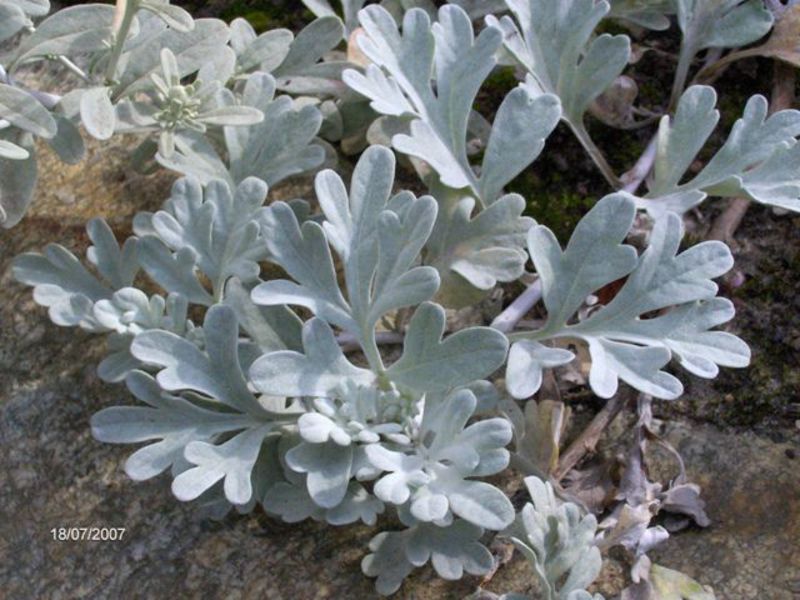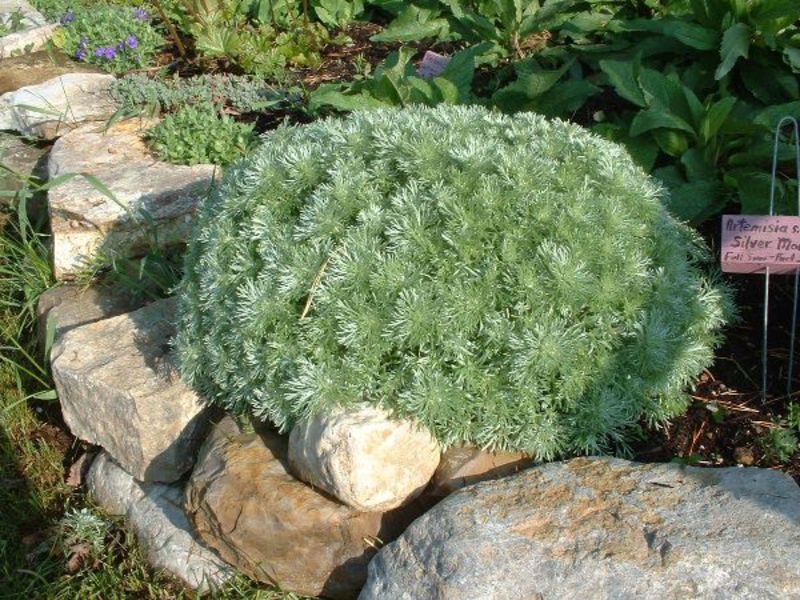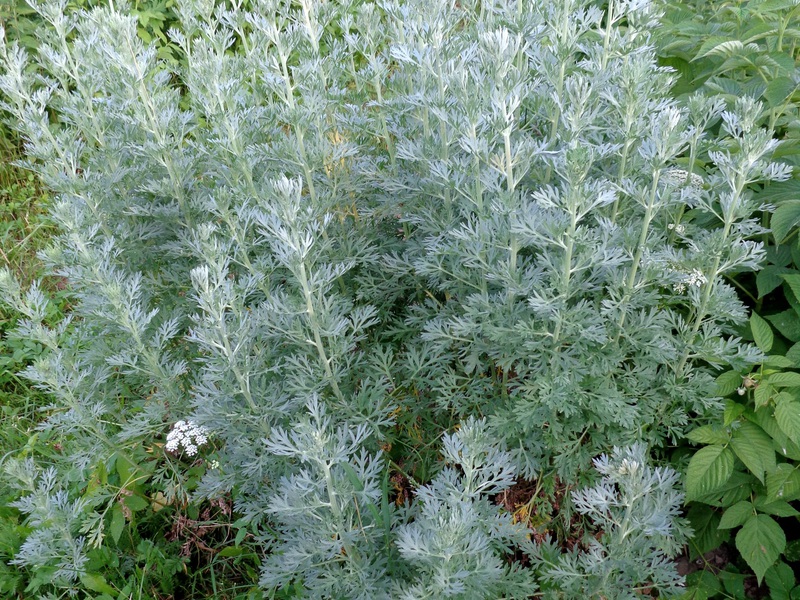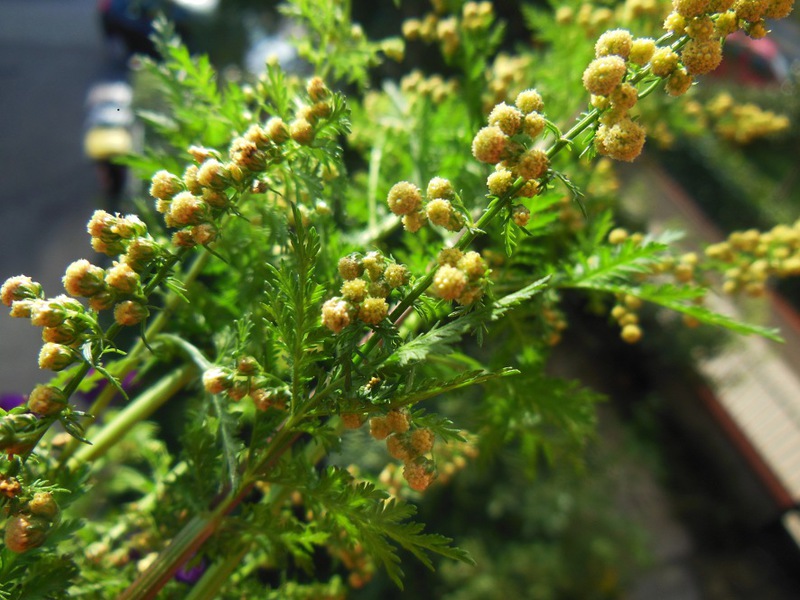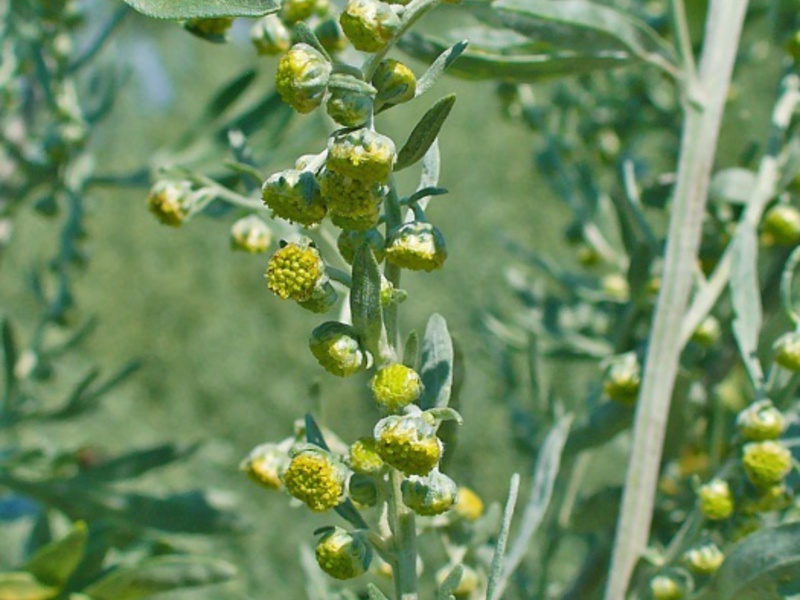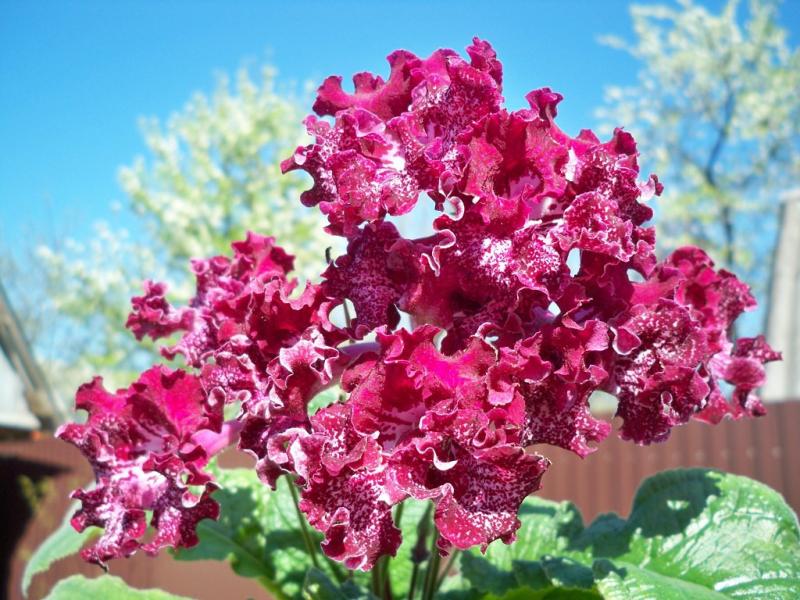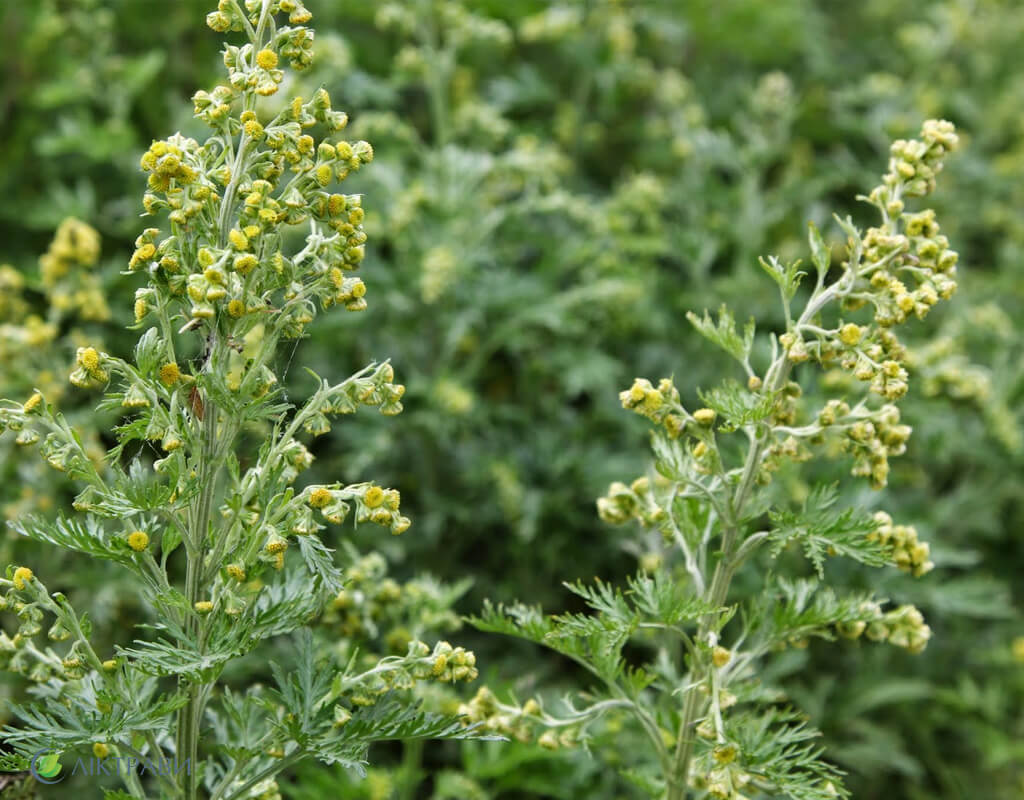If we recall the words of the ancient sage, then once in the Euphrates valley, a person immediately begins to smell the persistent smell of bitter wormwood, which is a habitual intoxication for shepherds. Until now, the aroma of wormwood infusion has not disappeared from the memory of a person, because it can often be found in some drinks. However, earlier, wormwood was used for medicinal purposes. This plant includes more than 350 species that are found on various continents of our planet - in Africa, Europe and Asia, North America.
Content
Description
Wormwood is simultaneously considered a perennial, annual and biennial, which is correctly attributed to both semi-shrubs and herbaceous plants. It is characterized by the next arrangement of leaves. The plant forms baskets as inflorescences. The flowers located at the edges are decorated with a filamentous corolla and have yellow, pink or white tint... Those in the middle are most often tubular, pink or yellow.
No less impressive are the delicate leaves of wormwood, which are distinguished by a rich color palette, including from silvery-white, silvery-blue and steel to grayish-green.
- the difference in the varieties of decorative wormwood determines its height. The smallest species grow up to 20 cm, and the largest ones - up to 1 m.At the same time, it is not so difficult to cut these shrubs;
- throughout the growing season, plants retain decorative properties;
- wormwood is one of the unpretentious plants that can withstand long periods without moisture, so they feel great in places that are well warmed up in summer.
Low-growing species of wormwood
This plant is very diverse, which includes many species that differ in their properties.
Steller's wormwood
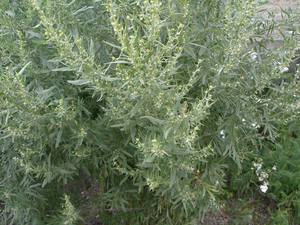 This species grows on the rocks of Japan, Alaska, the Far East and Norway. It is not uncommon to see her in North America. The usual habitats are dunes, river estuaries, and sometimes it can be found on coastal cliffs.
This species grows on the rocks of Japan, Alaska, the Far East and Norway. It is not uncommon to see her in North America. The usual habitats are dunes, river estuaries, and sometimes it can be found on coastal cliffs.
During its development, this perennial forms long shoots with a height of 30 cm, which are decorated with split silvery foliage. When it's time to bloom stems reach a length of 40 cm... By the second half of summer, small yellow baskets are formed.
In order for the plant to remain decorative longer, it is advisable to cut the peduncles, otherwise, because of them, the leaves will not be visible, thanks to which all the attractiveness of this plant is ensured.
So that wormwood does not turn into a too bulky plant, it is advisable to carry out rejuvenation every season by dividing or hilling. This variety is one of the cold-resistant crops, but severe frosts can harm it.
This plant thrives when grown on retaining walls and rocky slides... It will also be a wonderful decoration in a gravel garden. This type of wormwood can perfectly complement carnations, gray fescue, creeping gypsophila and other ornamental plants.
Wormwood Schmidt
The homeland of this variety of wormwood is the Far East, although it can be seen in the south of the Kuril Islands and Sakhalin, as well as in Japan. The favorite habitat of this plant is the sea coast and mountains with poor soil.
In our country, the most common form is "Nana" ("Nana"). Entering the growing season, the plants form a large number of shoots that turn them into openwork round bushes or miniature low dense clumps that do not exceed 25 cm in height. The characteristic shape of the leaves is pinnately dissected, color - silvery green.
Flowering time begins in August. Although it can be grown in the middle lane, however, it often does not tolerate winter, since a large amount of snow falls in these places. However, if she manages to survive the winter, then in the spring she can recover.
One of the interesting hybrids is Schmidt's wormwood, Powis Castle. Formed shoots are 35-40 cm high, which are covered with a large number of leaves. They have a pinnately dissected shape, the usual color is silvery green. In adult plants, an elongated root system grows.
The restoration of dead plants in the spring is provided by root suckers. The time of flowering occurs in July, the plant forms flowers of a nondescript yellow hue.
Field wormwood
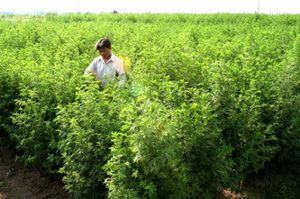 Most often this view can be found in Russia, in Siberia... Favorite habitats are pine forests, steppes, as well as sandy places and wastelands.
Most often this view can be found in Russia, in Siberia... Favorite habitats are pine forests, steppes, as well as sandy places and wastelands.
Being a perennial plant, this type of wormwood grows up to 15-60 cm. The stem formed by the plant has an ascending, branched form of reddish color. In the lower part, the foliage acquires a pinnately dissected shape, and in the upper part they are simply linear, additionally decorated with a silky gray fluff or naked.
The flowers are usually reddish or yellow in color, located in oval-shaped baskets. This wormwood begins to bloom as early as July. Since it can provide several different types, it is often grown for decorative purposes. An adult plant can reach 15 cm.
Tall species of decorative wormwood
Tall wormwood specimens are often used to decorate the garden, which can also be found in a suitable place.
Wormwood
Among all other species, this plant contains the most bitterness... It is a bad neighbor as it suppresses even the most unpretentious herbs. Therefore, it is quite logical that the presence of this wormwood next to garden plants and vegetables will only harm them.
The bitter smell is associated with the production of a phytoncide by the plant, because of which neighboring plants feel not in the best position. Due to its pronounced decorative properties, bitter wormwood can be easily distinguished. Even the fact that it has small flowers that form into indistinct panicles does not become a problem.
The main attraction is the silky white-green foliage. In the garden, open areas are most suitable for the development of wormwood. However, it is still recommended to choose a place for it at a considerable distance from dahlias, carnations and legumes.
The bushes of this plant create pleasant impressions, thin out the wonderful smell, which is especially felt in sunny weather. Flowering time begins in July.
Wormwood louisiana
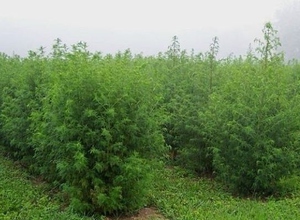 It is one of the representatives of herbaceous perennial plants. This kind forms stems 1 m long... In the absence of growth control, wide thickets can form. In summer, brownish flowers with a diameter of up to 1 cm are formed, which do not add attractiveness to the plant.
It is one of the representatives of herbaceous perennial plants. This kind forms stems 1 m long... In the absence of growth control, wide thickets can form. In summer, brownish flowers with a diameter of up to 1 cm are formed, which do not add attractiveness to the plant.
Leaving the fruits of wormwood is not recommended. It grows best in a sunny location.When grown in the middle lane, it can often die due to severe frosts, therefore, for a successful wintering, it needs a cover of spruce branches. Stagnant water has a depressing effect on it.
Wormwood grade "Zhanlim"
It belongs to the number of perennials, it is resistant to negative temperatures.
This type of wormwood deserves attention due to the leaves, which have a different shape and yellowish-green color. They do not lose their color until late autumn. If you collect the leaves and rub them with your hands, then you can feel a persistent aroma... In summer, small white flowers begin to form at the ends of the stems, which do not add decorative properties to the plant.
The most favorable conditions for the development of wormwood are created on moderately fertile soils, where there is no stagnation of moisture and there is good illumination. They need drainage to live well. This type of wormwood does not tolerate dampness and soon begins to rot. The plant has multi-colored yellow-green leaves, therefore, in the vicinity of other flowers, it forms an excellent contrast.
Other types
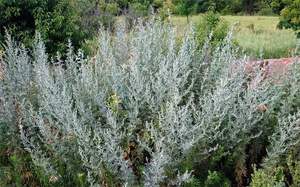 Wormwood is annual. This species is found in Russia, Transcaucasia, Crimea and Asia Minor, as well as in the Mediterranean, China and Japan. In adulthood, this annual takes on a pyramidal shape, reaching a height of 1.5 m. The characteristic color of the foliage is dark green, and a fragrant smell is felt during rubbing. Inexpressive flowers of annual wormwood do not make it decorative in terms of value. This annual plant can withstand frequent haircuts.
Wormwood is annual. This species is found in Russia, Transcaucasia, Crimea and Asia Minor, as well as in the Mediterranean, China and Japan. In adulthood, this annual takes on a pyramidal shape, reaching a height of 1.5 m. The characteristic color of the foliage is dark green, and a fragrant smell is felt during rubbing. Inexpressive flowers of annual wormwood do not make it decorative in terms of value. This annual plant can withstand frequent haircuts.- Pontic wormwood. Most often it can be found in Siberia and the Caucasus. The favorite habitats are dry areas in the steppe and forest-steppe zones.
This type of wormwood has a unique creeping root system, the formed stems are thin, but strong, densely covered with leaves. The cirro-dissected character is traced twice in them. The lower leaves have a petiole, all the rest are in a sitting position, the upper part is grayish-green in color, and the lower one is white.
The baskets are shaped like a ball, form paniculate inflorescences that are white-yellowish in color. The time of flowering of this type of wormwood comes in August. Able to endure winter without shelter.
Places of wormwood growth
The plant can grow on almost any type of soil, and is able to withstand long periods of drought and severe winters. Annual wormwood with silvery foliage can regenerate every season, provided it grows on poor soils with good illumination and drainage.
- for growing wormwood with green leaves, it is recommended to choose well-moistened and fertile soils. If you ensure regular watering, then this species acquires a green color, as a result it loses its decorative properties;
- it is recommended to add sand to the holes prepared for planting to ensure a light soil structure;
- drainage is imperative, since without it, wormwood is unable to survive the winter well.
Distinguished by its unpretentiousness, this plant feels good even on poor soils. Low-growing species of wormwood, which can successfully grow both on the southern hills and on terraces and between stones, have sufficient versatility.
Caring for decorative wormwood
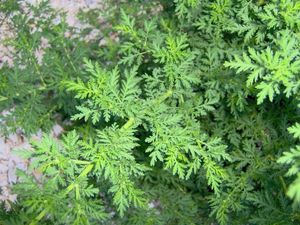 Watering is necessary as little as possible and only on condition that the heat is too long. Due to the fact that during development, annual plants form a large number of branches and foliage, it is necessary to constantly trim the rhizomes. The flowers formed by the plant are not able to provide it with decorative properties.
Watering is necessary as little as possible and only on condition that the heat is too long. Due to the fact that during development, annual plants form a large number of branches and foliage, it is necessary to constantly trim the rhizomes. The flowers formed by the plant are not able to provide it with decorative properties.
The peduncles of the plant, which grow in large numbers, are subject to removal. This is mainly carried out for stunted species. During the flowering of tall species, a pleasant impression is created.
Conclusion
Wormwood is one of the famous plants that can be found everywhere in the wild... And, despite the fact that it is treated like a weed, it is often grown for decorative purposes. However, only certain types of wormwood are used for this purpose. Therefore, to decorate the site with this plant, it is necessary to choose the right varieties. However, not all types of wormwood are able to endure the winter equally well, so in some cases it may be necessary to use a shelter.
